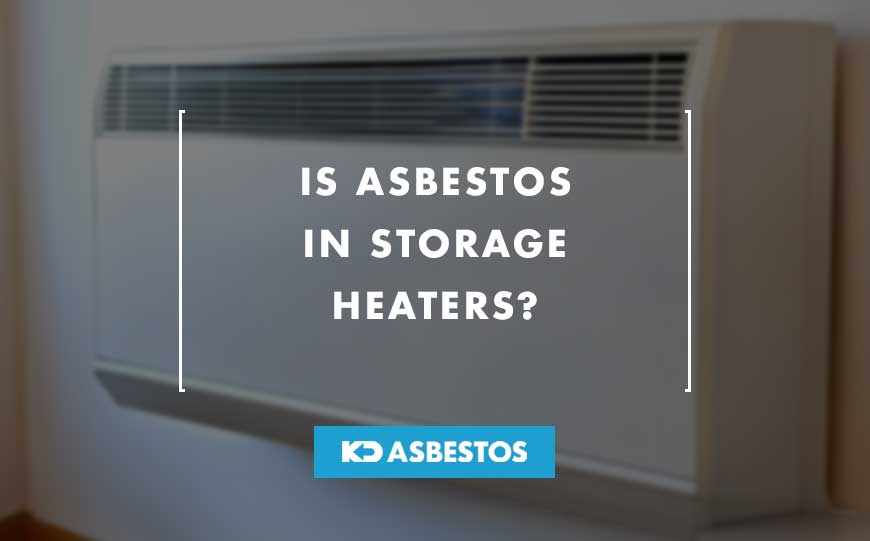
Asbestos is a naturally occurring mineral that was widely used in the past for its heat-resistant properties.
However, exposure to asbestos fibres can cause serious health problems.
If you live in an older home, or have old equipment, you might be concerned about the presence of asbestos in various materials, and asks is asbestos in storage heaters?
This article will explore whether asbestos is found in storage heaters, the types of asbestos used, and the potential dangers.
It will also guide you on what to do if you have a storage heater that may contain asbestos.
Table of Contents
What is a Storage Heater?
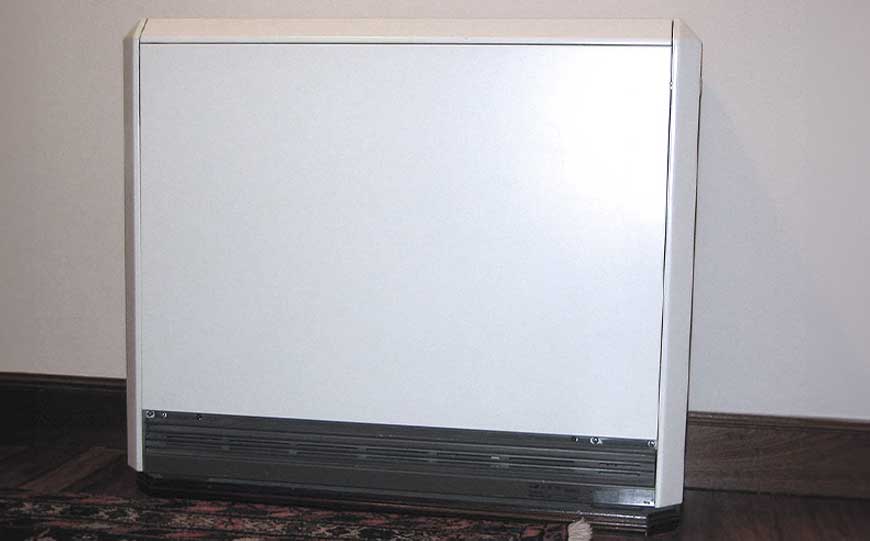
A storage heater is an electric heater used primarily in the UK to provide heat throughout the day.
These heaters are designed to store heat during off-peak hours when electricity is cheaper and release it slowly throughout the day.
This process made them an energy-efficient choice for many homes.
Storage heaters contain insulated bricks inside that absorb and store the heat generated by electric elements.
The heat is then released through vents into the room.
Storage heaters were a popular heating option, especially during the mid-20th century.
Many homes built or renovated before the 1980s may still have them in place.
As these heaters age, the question of asbestos in their components becomes a concern.
Is Asbestos in Storage Heaters?
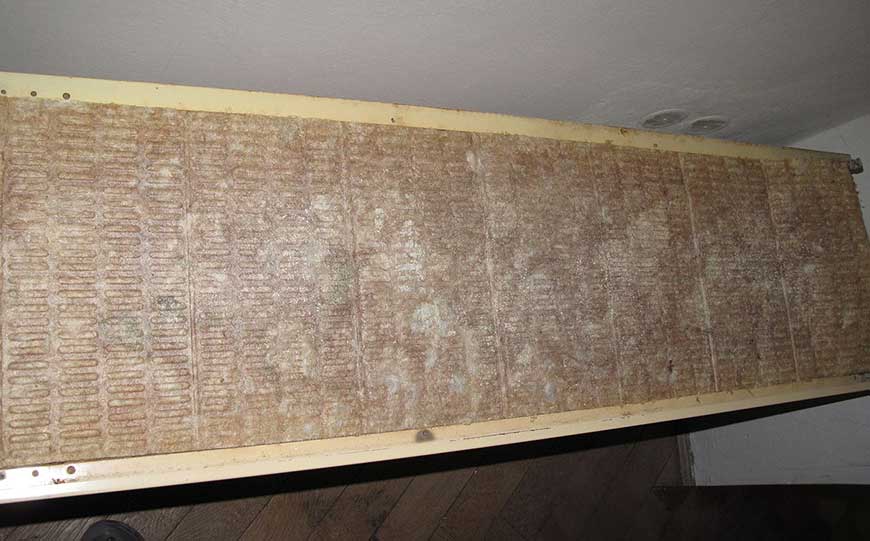
Yes, some older models of storage heaters do contain asbestos.
Asbestos was commonly used in the 20th century in various electrical and building products because of its heat-resistant qualities.
Storage heaters, with their high-temperature components, were among the appliances where asbestos could be found.
While not all storage heaters contain asbestos, it is known that certain makes and models from the 1960s up to the 1980s may have asbestos in their insulation or heat-resistant parts.
If you have an older storage heater, it’s essential to check whether it contains asbestos, as the material can pose serious health risks if disturbed.
Storage Heaters That Contain Asbestos
Below is a list of known storage heaters that contain asbestos.
This list may not contain every asbestos storage heater, so please assume most storage heaters built before 1980 may contain asbestos.
| Manufacturer | Model |
| AET Electrical Industries | FHC 132 |
| FHC 176 (SR) | |
| ICH 8/16 | |
| ICH 8/22 | |
| ICH 8/27 | |
| CH 7016 | |
| CH 7021 | |
| CH 7027 | |
| CS 6916 | |
| CS 6922 | |
| CS 6927 | |
| CS 6933 | |
| FHC 152 | |
| FHC 172 | |
| FHC 220 | |
| FHC 264 | |
| FS 6803 | |
| FS 6804 | |
| FS 6805 | |
| Allied | AE9 |
| Serial Number | |
| 66 / 67 / 68 / 69 | |
| Pre 1970 | |
| 4D31, 5.3D31 | |
| TI Aurdun Ltd (Previously Alexander Dunn Ltd) | 5E38, 6.6E38 |
| 6F45, 8F45 | |
| 7G49, 9G49 | |
| 8H52, 9H56 | |
| Balmforth | Major 8 |
| HC 260 | |
| SSHC 260 | |
| Belling | 9.5 / 64 |
| Belling & Co Ltd | 758, 758A |
| 880A,B,C | |
| 890 | |
| Elite | |
| Brush Electrical Co Ltd (Also Kenton Storage Radiators) | LOWSTOR |
| CORNERSTOR | |
| Chidlow | 631 |
| 645, 651 | |
| 661, 662, 663 | |
| 678 | |
| 691,692, 693 | |
| 695, 696 | |
| 671, 675 | |
| 672, 673 | |
| 702, 703-R | |
| 703M | |
| 721, 722, 723 | |
| 711, 712, 713 | |
| Constor | CS 30 |
| Parkinson Cowan Heating Ltd | CS 45 |
| CS 75 | |
| CONTESSA | |
| SUPER 3 | |
| N/NF 20 | |
| N/NF 30 | |
| N/NF 45 | |
| N/NF 60 | |
| N/NF 3000 | |
| TI Creda | 72041/ 51/ 61 |
| 70101/ 70111 | |
| 70131/ 70132 | |
| 70141/ 70142 | |
| Creda | 377 or ‘E’ Range |
| Dimplex | DSH 150 |
| DSH 225 | |
| DSH 300 | |
| DSR 42, 43, 44 | |
| DSH 42, 43, 44 | |
| DSH 45, 46, 48 | |
| DSH 33, 34 | |
| DSH 35, 38 | |
| DSH 310 | |
| English Electric | 1870 / 1 / 2 / 3 |
| 1874 / 5 / 6 / 7 | |
| Enviwarm | B Range |
| SI Range | |
| CD / CE / CF | |
| CME – Before Serial Number | |
| FBB 5873 | |
| CMD – Before Serial Number | |
| EBC 5113 | |
| CMF – Before Serial Number | |
| SN GBB 11969 | |
| CX | |
| WF, WE, WD | |
| 801 | |
| Falks | Y Range |
| Fletcher | 8001/8/43 |
| GSW Activaire | A758 |
| 6/42, 6/41 | |
| 8/50 | |
| 10/92 | |
| 11/74 | |
| 12/92 | |
| 13/90 | |
| 15/110 | |
| 15/138 | |
| 20/135 | |
| GEC/EE | 3814, 3815, 3816 |
| GEC of Ireland (AET) | 3807, 3808, 3809 |
| H650/10 | |
| 1800, 1801, 1802 | |
| 1803, 1804, 1805 | |
| 1806, 1807, 1808 | |
| 3854 / 5 / 6 / 7 / 8 | |
| 3860 / 1 / 2 / 3 / 4 | |
| 4630 / 1 / 2 / 5 / 6 | |
| 4640 / 1 / 2 / 5 / 6 | |
| 84630 / 5 / 6 | |
| 84640 / 1 / 2 / 5 / 6 | |
| 386312 | |
| Harper | NS 6625 |
| NS 6630 | |
| Heatovent | 01/17 |
| Heatstore | CFX |
| CF3, CF3A, CFX3 | |
| BXA / HRX / HXA | |
| H724 / 725 / 726 | |
| BXHC RX | |
| HR | |
| HCX / HWX | |
| SDA / SCA | |
| Heetrite | EL1, EL2 |
| Husqvarna | EL8, 10 |
| EL8/2/H | |
| HVE | EPD 9/60 |
| EPD M/12 | |
| EPD L6 | |
| EPD L8 | |
| EPD L12 | |
| Berry Magicoal Ltd | SRO, SR, SRC |
| Marsden | C1008 |
| Multitherm | L11F |
| L Series | |
| 12/70/35 | |
| 681, 881, 981, | |
| A Series | |
| DFH412 pre 1984 | |
| 14/40 | |
| Parkinson Cowan | 8/57 |
| Partridge (Colston) | PK 50, 60 |
| Quilstore | 8/45 |
| Revo | 1873, 1874 |
| RE Range (1874-1885) | |
| Rojak | |
| DA, DAD, DAH | |
| DA1, DA2, DO | |
| SO5, DO5 | |
| WG Range | |
| P30,45,60 | |
| Pennine | |
| C30,46,60 | |
| Cheviot | |
| 225, 003 | |
| 300, 301 | |
| 450, 600 | |
| 30U, 45U, 60U | |
| DA, DA1,DA2,DAD | |
| 3-3565 | |
| Selex | SF6, SF8 |
| Storad | S8, S11, S83 |
| DL 83, XL 83 | |
| Tyrad | Twiggy |
| C 202, 251, 252 | |
| D 202, 252 | |
| D 250, 251 | |
| DO 691, 693 | |
| DF 692, 694 | |
| Twilight 25, 33 | |
| TX 202, 252 | |
| Unidare / Thermodare | R range with last two digits of serial no. below 74 |
| 7/47, 8/55, 9/64 | |
| 10/73, 12/84 | |
| 13/94, 15/104 | |
| ‘Q’ Series | |
| DCFA Range | |
| DCO Range | |
| CUE Range | |
| HCS16 Up to Serial Number: | |
| 9258 | |
| HCS21 Up to Serial Number: | |
| 22633 | |
| HCS27 Up to Serial Number: | |
| 30214 | |
| RR300V | |
| Westayr | DHCA 16, 21 and 27 |
| Dunlop / Westayr, Erskine / Westayr, Evenstore | DWA 16A, 21A, 27A |
| DWB 1750 | |
| DWB 2250 | |
| DWB 3000 | |
| CRA 16, 21, 26 | |
| CR 16, 21, 27 | |
| CSFH 48 | |
| ER 200, 300, 350 |
What Type of Asbestos is in Storage Heaters?
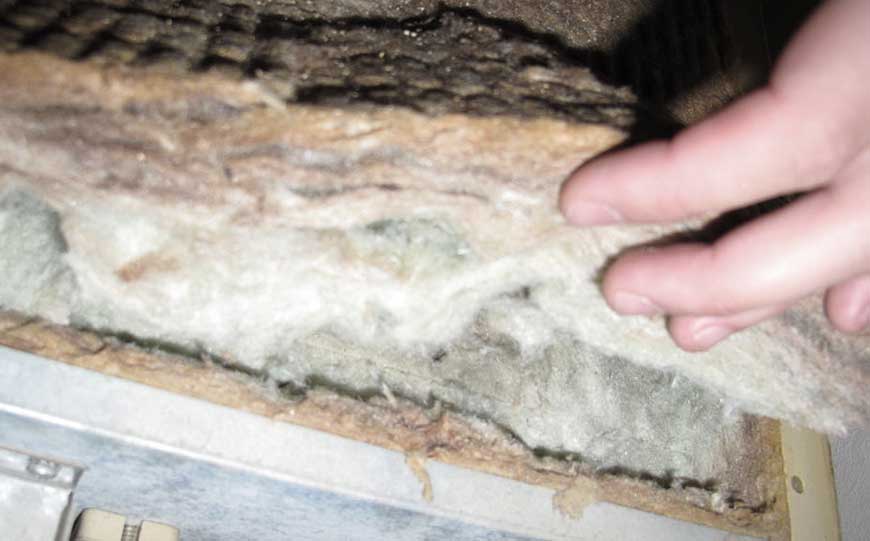
The type of asbestos commonly found in storage heaters is chrysotile, also known as white asbestos.
Chrysotile was frequently used in various industrial applications due to its heat resistance, flexibility, and strength.
In storage heaters, it was primarily used as insulation material around heating elements or inside the bricks that store heat.
In some older models, amosite (brown asbestos) might also have been used, though it was less common.
Amosite is highly heat-resistant, making it suitable for applications where extreme temperatures are encountered.
Both chrysotile and amosite are dangerous when disturbed, as they can release asbestos fibres into the air. Inhalation of these fibres can lead to serious health issues.
Asbestos Storage Heater Dangers
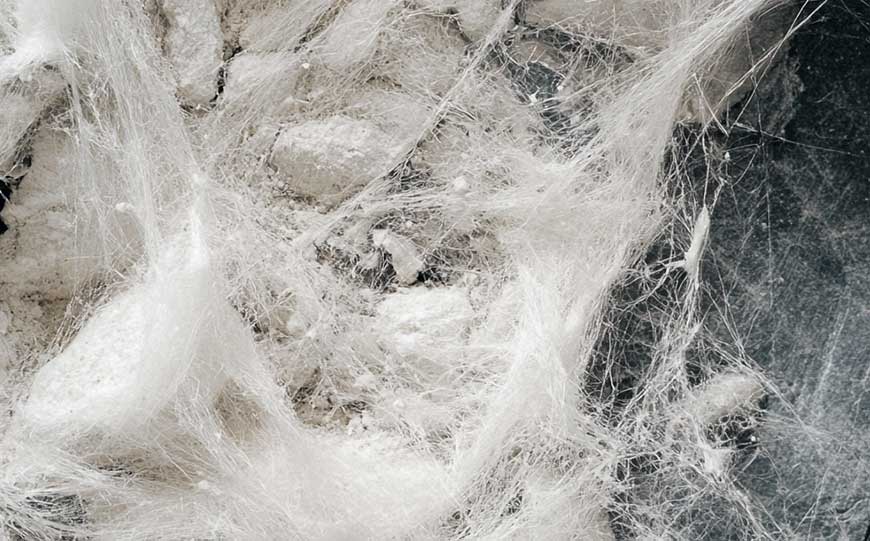
Asbestos in storage heaters poses significant health risks, especially when disturbed.
Asbestos is dangerous because its fibres, when released into the air, can be inhaled, leading to serious health conditions.
The main dangers of asbestos in storage heaters are:
Inhalation of Asbestos Fibres
When asbestos materials in a storage heater deteriorate, break, or are disturbed during repairs, tiny fibres are released into the air.
If inhaled, these fibres can become trapped in the lungs, leading to severe health issues over time.
Health Risks
Long-term asbestos exposure to asbestos fibres can cause a range of respiratory diseases.
These include:
Asbestosis
Asbestosis is a lung condition causing difficulty breathing and permanent lung damage.
Lung Cancer
Prolonged asbestos exposure significantly increases the risk of lung cancer, particularly for smokers.
Mesothelioma
Mesothelioma is a rare and fatal cancer affecting the lining of the lungs, heart, or abdomen.
It is almost exclusively caused by asbestos exposure.
Risks During Removal or Renovation
If the storage heater is being replaced or repaired, disturbing asbestos can release harmful fibres into the environment.
Handling the material without proper safety measures increases the risk of asbestos exposure.
To reduce these risks, it is essential to avoid disturbing the heater if it contains asbestos.
What Should I Do If I Have a Storage Heater That Contains Asbestos?
If you have a storage heater that contains asbestos, it’s important to take precautions to protect yourself and your family.
Here are the steps you should follow:
Do Not Disturb the Heater
If the heater is still intact and functioning, avoid disturbing it.
Asbestos only poses a risk when its fibres are released into the air.
If the heater is not damaged, it’s less likely to pose an immediate danger.
Consult a Professional
If you’re unsure whether your storage heater contains asbestos, or if it has become damaged, contact a professional.
Experts, such as us here at KD Asbestos, can assess the situation, test the materials, and determine whether asbestos is present.
They can also advise on the best course of action.
Consider Replacement
If your storage heater contains asbestos, replacing it with a newer, safer model may be a good idea.
Modern storage heaters do not contain asbestos and are often more energy-efficient.
A professional can help safely remove the old heater and install a new one.
Avoid DIY Repairs
Never attempt to repair or remove the heater yourself.
Asbestos removal requires specialised equipment and training.
Always hire a licensed contractor who can safely handle and dispose of asbestos-containing materials.
Conclusion
Asbestos in storage heaters was once a common practice, especially in models manufactured before the 1980s.
While asbestos was useful for its heat-resistant properties, it poses serious health risks when disturbed.
If you have an older storage heater, it’s essential to determine whether it contains asbestos and take the necessary precautions.
If your heater does contain asbestos, avoid disturbing it and seek professional advice.
Replacing the heater with a modern, safer alternative can also be a good option.
Always remember that the best way to protect yourself and your family from asbestos exposure is to handle it with care and follow proper safety guidelines.If you’re unsure about the presence of asbestos, get in contact with us here at KD Asbestos.